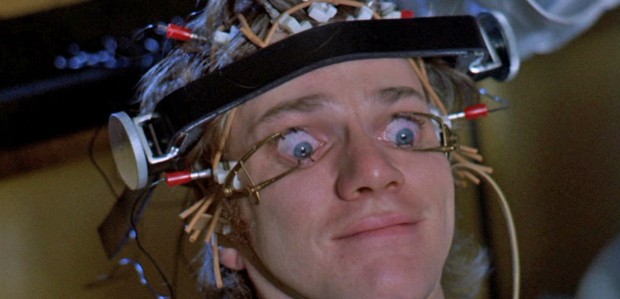- Joined
- Apr 2, 2007
- Messages
- 1,060
- Reaction score
- 118
Hi all, I'm pretty interested in the incorporation of deep learning into radiology. I've setup a blog to help track the emergence of deep learning companies, research articles and expert discussions all with a focus on radiology. My first post is a survey of the landscape of companies:
https://deeplearningradiology.wordp...ng-list-of-deep-learning-radiology-companies/
I'd be interested to hear about any other companies you're aware of that are trying to bring deep learning into radiology practice. It's an exciting time, and I think as future (and current) radiologists, we owe it to ourselves to participate in this movement.
https://deeplearningradiology.wordp...ng-list-of-deep-learning-radiology-companies/
I'd be interested to hear about any other companies you're aware of that are trying to bring deep learning into radiology practice. It's an exciting time, and I think as future (and current) radiologists, we owe it to ourselves to participate in this movement.

